[social_warfare]
The 15 Hottest Places In The USA
Ah, the United States—a sprawling tapestry of climates, cultures, and yes, some seriously scorching heat. Whether you’re drawn to the allure of desert mirages or the sticky sweetness of tropical shores, there’s a hot spot in the US calling your name.
But this isn’t just another travel guide to tell you where to catch the best tan (or heatstroke, if you’re not careful). No, we’re diving into the fiery heart of America’s hottest cities, where the sun is relentless, and the vibes are just as intense.
1. Phoenix, Arizona
The Valley of the Sun. The place where thermometers go to die. Phoenix isn’t just hot; it’s “Why did I wear black today?” hot. This city has turned dealing with sweltering temperatures into an art form, boasting an average of 299 sunny days a year. It’s a sprawling oasis in the desert, where cacti thrive, and the sunsets are so beautiful they look like someone’s turned up the saturation way too high.
Nestled in the heart of the Sonoran Desert, Phoenix experiences a desert climate, which means hot days, cool nights, and very little rain. It’s not uncommon for summer temperatures to soar above 110°F (43°C), making it a contender for the hottest major city in the US.
Visiting Tips: When visiting Phoenix, timing is everything. Start your day early to beat the heat, and always, always, have water on hand. Sunscreen is your best friend, and so is any form of shade you can find. Looking for indoor activities? The Phoenix Art Museum offers a cool respite from the heat with its impressive collection. And if you’re itching for a bit of nature without the burn, a day trip to Sedona with its stunning red rocks and slightly cooler temps might be just the ticket. Remember, in Phoenix, you don’t walk on the sunny side of the street – unless you’re a fan of spontaneous combustion.
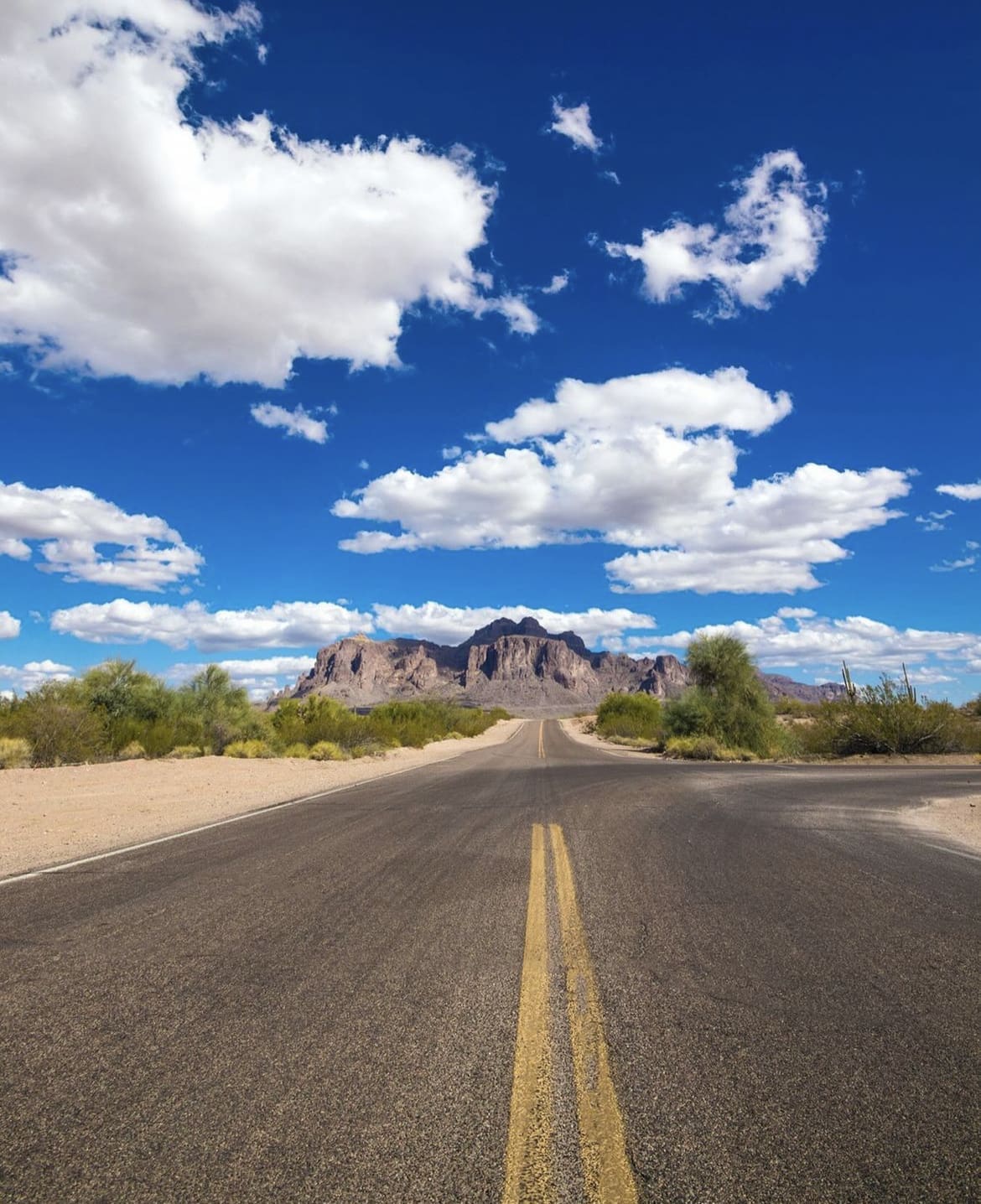
2. Las Vegas, Nevada
Welcome to Las Vegas, where the only thing hotter than the summer days are the neon lights at night. It’s a city of extremes, built on dreams (and, let’s be honest, a hefty dose of air conditioning). Here, the desert heat envelops you like a warm hug from a friend you’re not entirely sure you wanted to see. But Vegas thrives in its scorching environment, offering endless entertainment, casinos, and the infamous Las Vegas Strip.
Situated in the Mojave Desert, Las Vegas experiences extreme heat, particularly from June to September. The city’s temperatures can skyrocket to over 100°F (38°C), with the mercury occasionally flirting with the 120°F (49°C) mark. But as any seasoned Vegas visitor will tell you, it’s a dry heat – as if that’s supposed to make you feel better when your sneakers are melting to the sidewalk.
Visiting Tips: The secret to enjoying Vegas in the summer is simple: Embrace indoor activities during the peak heat. The casinos, thankfully, are chilled to perfection. For those looking to beat the heat with style, pool parties are a must-visit, offering a splash of cool in the desert heat. And when the sun begins to set, that’s your cue to explore the Strip, with its dazzling lights and slightly more forgiving temperatures. Want a break from the human-made oasis? The Red Rock Canyon offers breathtaking early morning hikes, just a short drive from the city, where the temperatures are as stunning as the views.
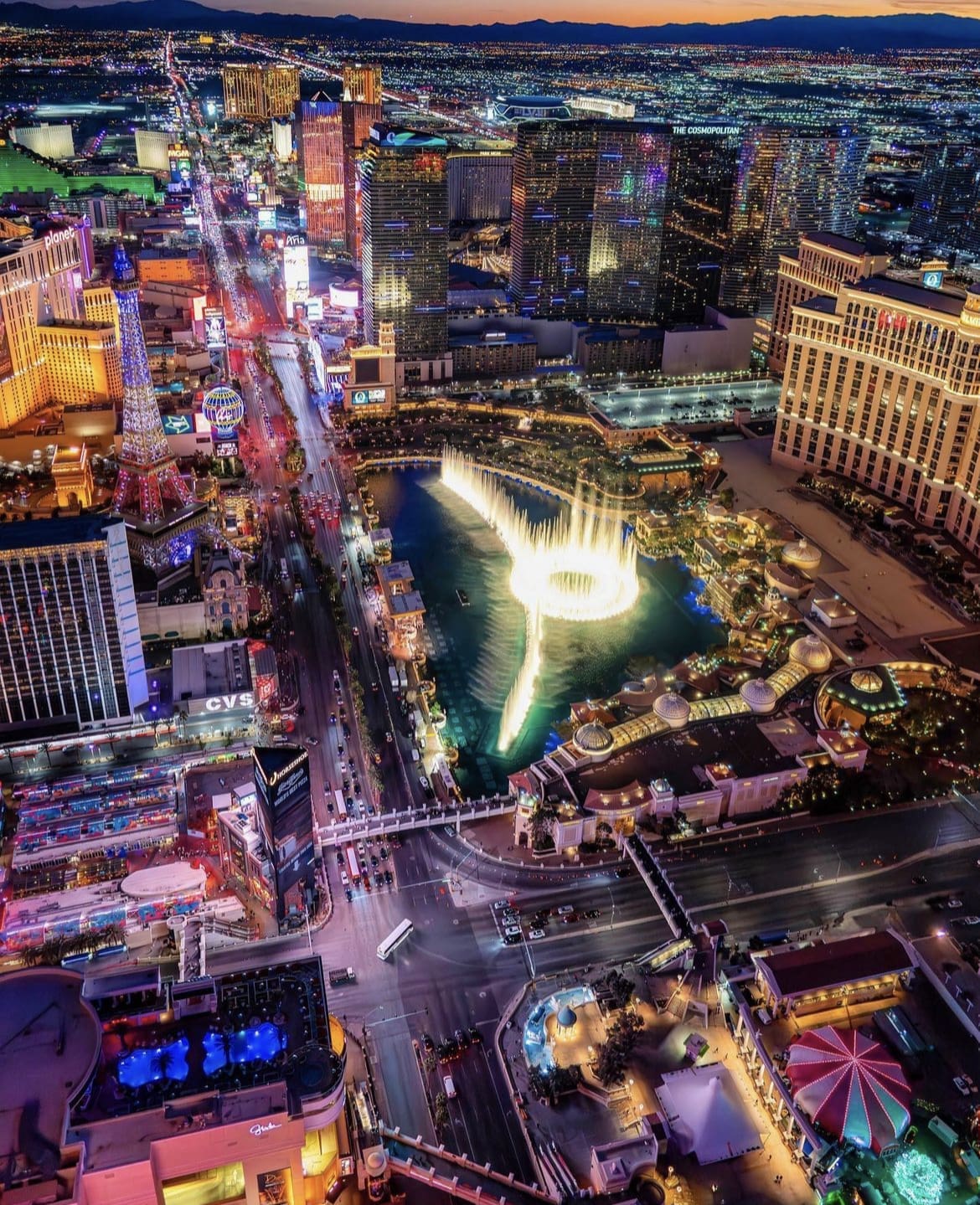
3. Death Valley, California
If there was a heat leaderboard, Death Valley would be chilling (ironically) at the top. This is not just another hot spot; it’s the gold standard of heat, holding the title for the highest air temperature ever recorded on Earth—a blistering 134°F (56.7°C). But Death Valley’s allure isn’t just about its extreme temperatures; it’s a landscape of stark beauty, otherworldly terrain, and a testament to nature’s raw power.
Why It’s Hot: Death Valley is nestled between several mountain ranges, creating a rain shadow that, along with its below-sea-level basin, contributes to its furnace-like conditions. Summer here isn’t just hot; it’s like walking into an oven with the broiler on. The heat is relentless, pressing down on you with a weight that feels almost tangible.
Visiting Tips: Visiting Death Valley in the peak of summer is for the brave (and well-prepared). If you must, go at dawn, when the desert whispers secrets you can only hear in the cool(er) air. Water is your lifeline—carry more than you think you need. The park’s must-sees, like Badwater Basin, Zabriskie Point, and the Mesquite Flat Sand Dunes, are accessible by car, offering quick escapes back to air-conditioned comfort. Remember, the beauty of Death Valley is best respected with preparation and awe.
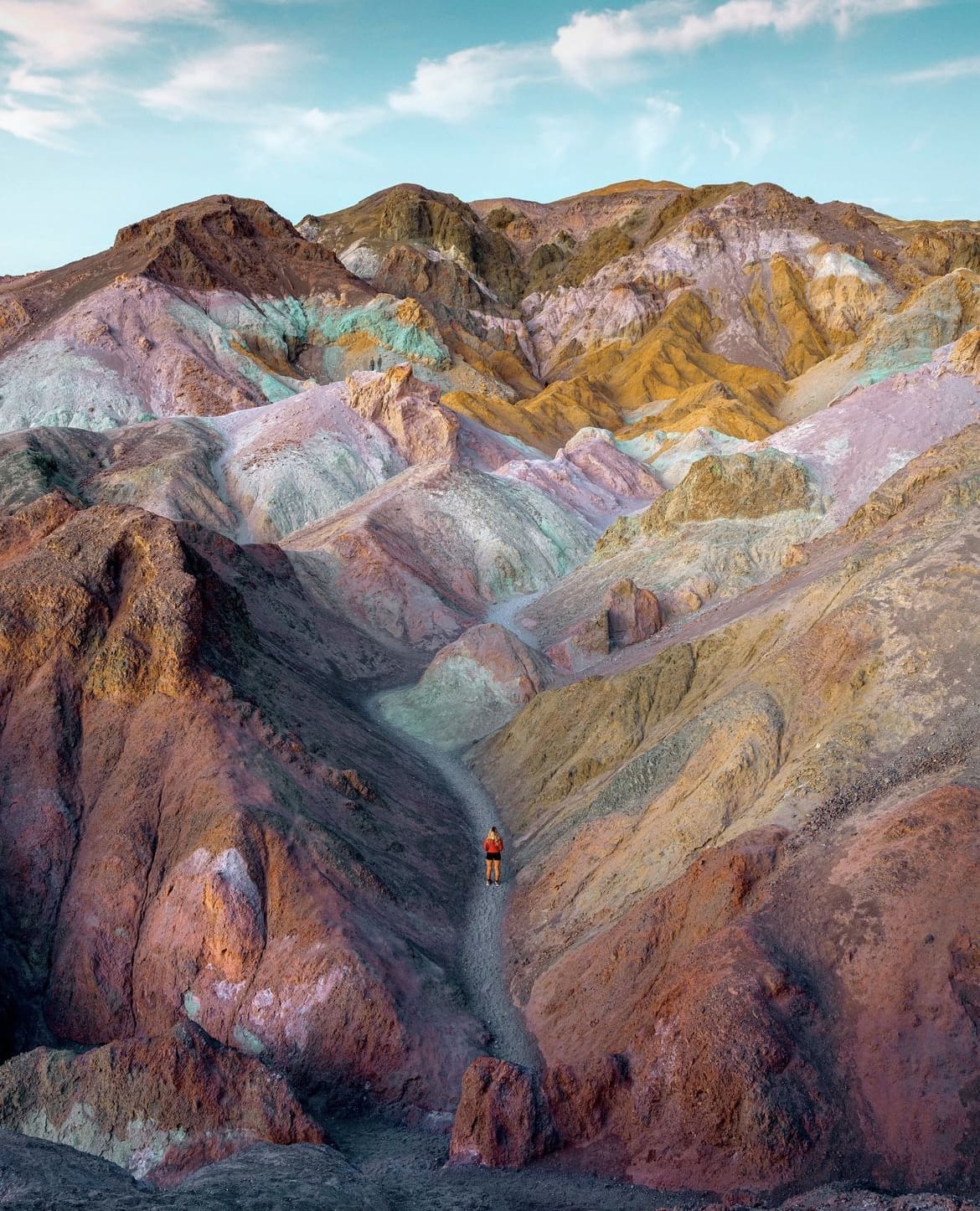
4. Tucson, Arizona
Welcome to Tucson, where the heat is as much a part of the city as the vibrant murals that adorn its walls. It’s a place where the desert meets culture, history, and a surprisingly lush natural world (thanks to the monsoon season). Tucson’s heat is more than just a number on a thermometer; it’s a backdrop to a city alive with art, gastronomy, and outdoor adventure.
Why It’s Hot: Tucson sits in the Sonoran Desert, where summer temperatures often break the 100°F (38°C) mark without breaking a sweat. The city’s unique climate includes a monsoon season in July and August, bringing brief but powerful storms that transform the landscape and offer a temporary respite from the heat.
Visiting Tips: Embrace Tucson’s early mornings or late evenings for outdoor adventures. The Arizona-Sonora Desert Museum, a fusion of zoo, botanical garden, and art gallery, offers a glimpse into the desert’s beauty and is most enjoyable when the sun is less intense. For a cooler day trip, head to Mount Lemmon, where temperatures are significantly lower and the pine-scented air is a refreshing change from the desert heat. And don’t miss out on the local cuisine—Tucson is a UNESCO City of Gastronomy, after all. Just remember, spicy food and hot weather go together like sunsets and saguaros.
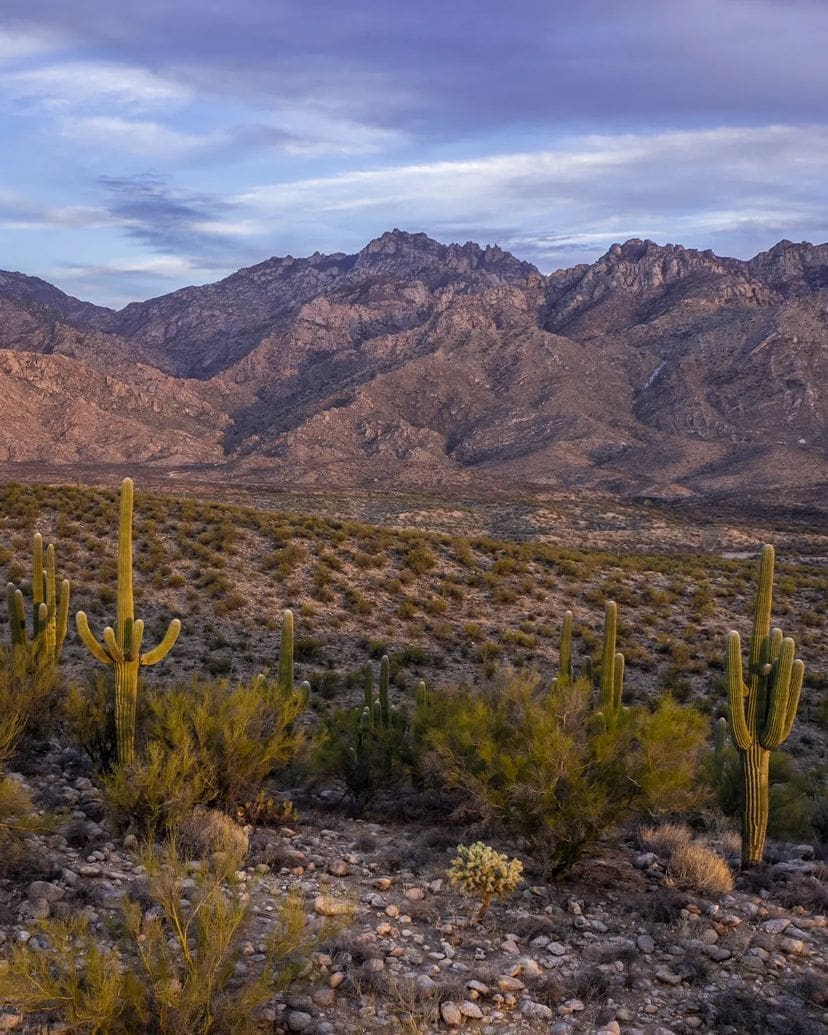
5. El Paso, Texas
El Paso stands as a sentinel at the western tip of Texas, a city where the sun stakes its claim nearly every day of the year. Its nickname, “The Sun City,” isn’t a misnomer; it’s a badge of honor. This is a place where two cultures blend seamlessly, where the desert landscape offers up its rugged beauty, and the heat is as much a part of life as the Rio Grande.
Why It’s Hot: With over 300 sunny days a year, El Paso’s desert climate means hot summers and mild winters. Temperatures in the summer months often soar above 95°F (35°C), making it one of the toastiest cities in the US. But it’s the sun that truly defines El Paso, bathing the city in light and warmth year-round.
Visiting Tips: To enjoy El Paso without feeling like you’re being slow-cooked, plan your outdoor activities for the early morning or late afternoon. Franklin Mountains State Park offers stunning hikes and vistas, but they’re best enjoyed when the sun is less fierce. The city’s rich cultural scene, from the historic missions to the El Paso Museum of Art, provides plenty of indoor escapes from the heat. And when the sun sets, venture out to enjoy the local cuisine and vibrant nightlife—El Paso at night is a cooled-down, lit-up wonderland waiting to be explored.
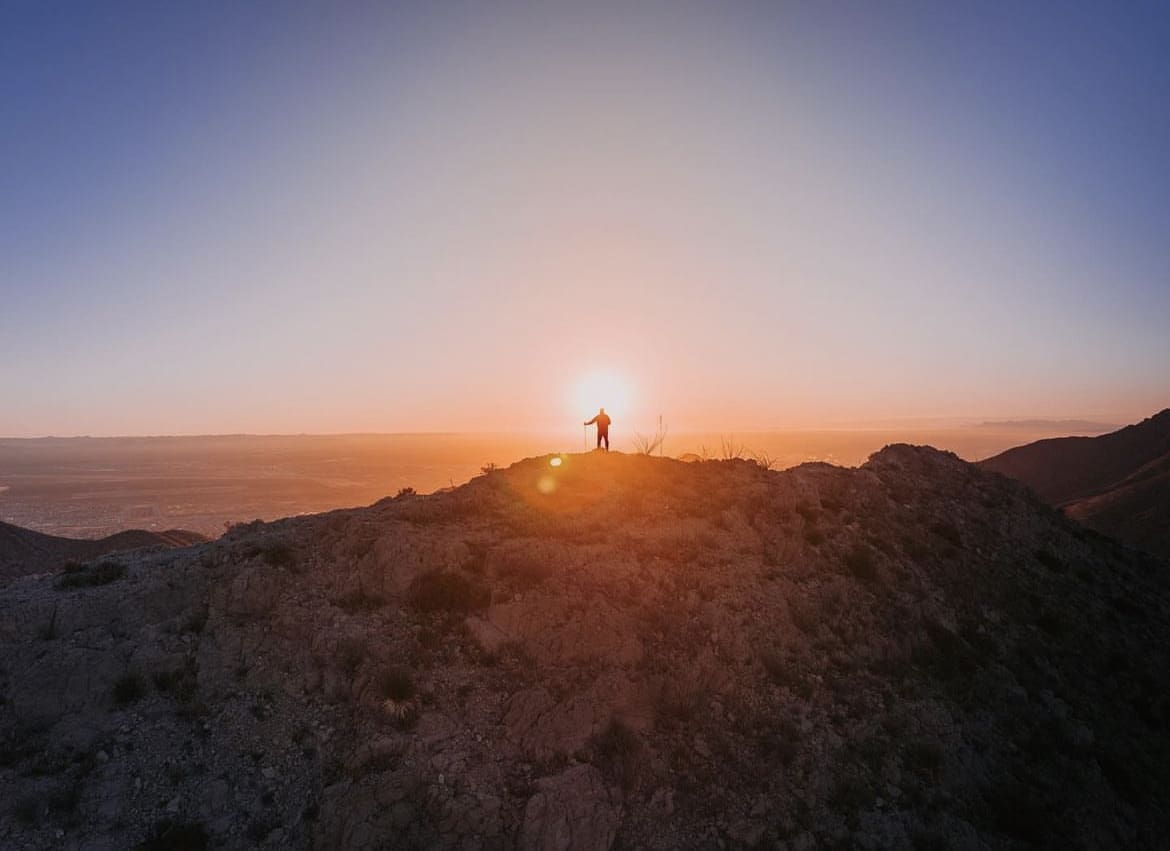
6. San Antonio, Texas
San Antonio, a city where the past and present simmer together under the Texas sun. Known for the Alamo, its rich Hispanic culture, and, of course, its heat, San Antonio is a city that pulsates with energy—most of it thermal. The city’s blend of historical significance, cultural festivals, and mouthwatering Tex-Mex cuisine makes it a hot spot in more ways than one.
Why It’s Hot: Thanks to its location in South Texas, San Antonio experiences long, hot summers, with temperatures often climbing into the high 90s (F) and even topping 100°F (38°C). The heat is accompanied by humidity, which adds an extra layer of intensity to the already sweltering temperatures.
Visiting Tips: Beat the heat by exploring San Antonio’s famous River Walk early in the morning or in the cool of the evening. The shaded pathways and proximity to the water make it a pleasant escape. Don’t miss the historic missions, including the Alamo, where the walls themselves seem to whisper tales of Texas’s tumultuous past. For a cool indoor break, check out the San Antonio Museum of Art or the Witte Museum. And if you’re in need of a refreshing treat, stop by one of the city’s many paleta (Mexican popsicle) shops.
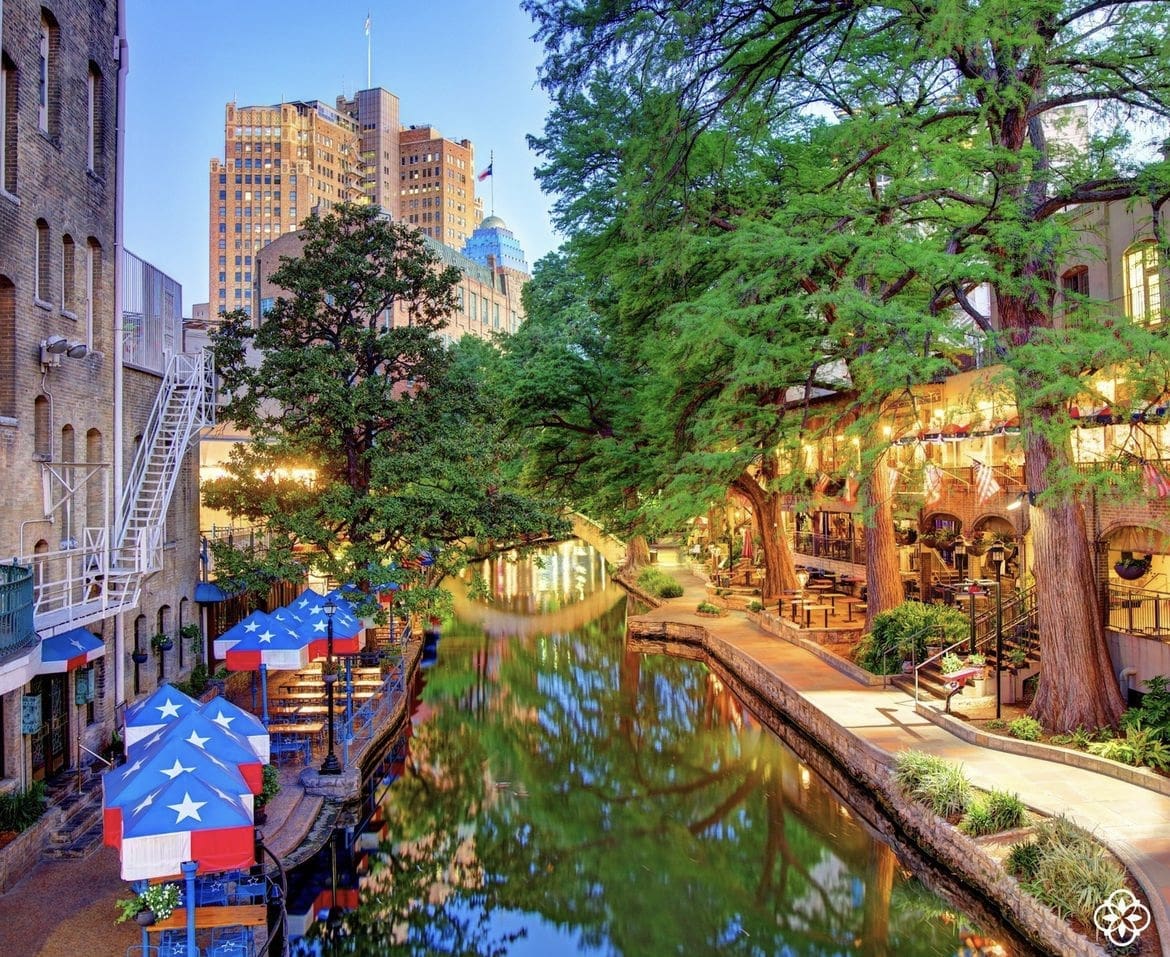
7. Houston, Texas
Houston, we have a…heatwave. Welcome to Space City, where innovation, diversity, and humidity collide. Houston is a powerhouse of culture, cuisine, and yes, climate. The city’s space-age skyline seems to scrape the very edges of the Texan sun, a constant reminder of Houston’s warm embrace of both the future and the present.
Why It’s Hot: Situated near the Gulf of Mexico, Houston’s climate is characterized by its humidity, which makes the already high temperatures feel even hotter. Summer days frequently see the mercury rising above 90°F (32°C), with humidity levels that can make air feel like a warm, wet blanket.
Visiting Tips: Escape the heat by diving into Houston’s vast array of indoor cultural offerings. The Houston Museum of Natural Science and the Museum of Fine Arts provide not only a dose of air-conditioned comfort but also a feast for the mind and eyes. For those looking to learn more about the city’s nickname, the Space Center Houston offers an out-of-this-world experience that’s as cool as it is educational. And for a taste of Houston’s natural beauty without the sweat, visit the Houston Arboretum & Nature Center in the cooler morning hours.
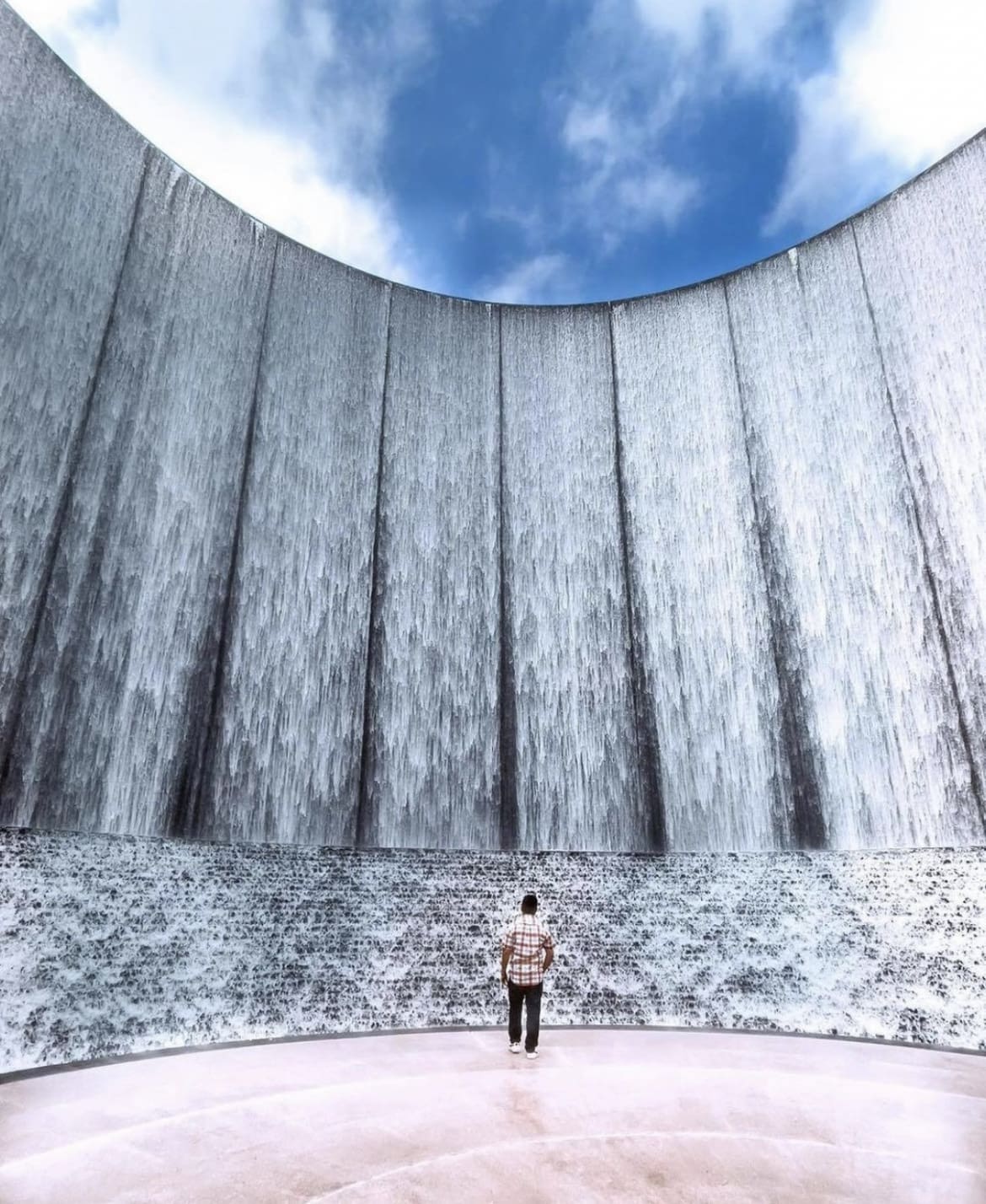
8. Austin, Texas
Austin marches to the beat of its own drum, a city synonymous with live music, eclectic vibes, and a heat that fuels its fiery spirit. Known as the Live Music Capital of the World, Austin’s stages and streets pulsate with energy, creativity, and, well, a whole lot of sunshine. It’s a place where the heat is just another excuse to keep the party going, whether it’s at a music festival or on the cool waters of Lake Travis.
Why It’s Hot: Austin is situated in the heart of Texas, where it experiences a subtropical climate. This means hot, humid summers with temperatures frequently soaring into the 90s (F) and, not uncommonly, hitting the triple digits. The heat here is as much a part of the city’s identity as its music, food, and tech scenes.
Visiting Tips: To make the most of Austin without wilting, plan water-based activities like paddle boarding on Lady Bird Lake or taking a dip in Barton Springs Pool, a spring-fed swimming hole that remains refreshingly cool even when the city is sizzling. Explore the thriving food truck scene in the cooler evenings, where you can taste everything from authentic barbecue to vegan delights under the twinkling lights of Austin’s night sky. And of course, no visit to Austin would be complete without experiencing its world-famous live music, best enjoyed after the sun goes down and the city really comes alive.
9. Miami, Florida
Miami sizzles with a heat that’s as much about its tropical climate as it is about its hot nightlife and cultural melting pot. This city dances to the rhythm of waves by day and to Latin beats by night. Here, the heat is your invitation to slow down, sip on a mojito, and soak up the vibrant scenes of South Beach, Little Havana, and beyond.
Why It’s Hot: Nestled at the southeastern tip of Florida, Miami enjoys a tropical monsoon climate, which means hot, humid summers with temperatures often climbing into the high 80s and low 90s (F). The heat here is a backdrop to everything from sunbathing on world-famous beaches to exploring the city’s rich tapestry of cultures.
Visiting Tips: Beat the Miami heat by embracing its world-class beaches early in the morning or late in the afternoon when the sun is less intense. Cool off in the crystal-clear waters or find shade under a palm tree. Don’t miss a walk through the Art Deco District in South Beach, where the architecture is as colorful as the people. For a cultural escape, explore the murals in Wynwood or the Cuban heritage in Little Havana. When night falls, the city cools down, and the social heat turns up, making it the perfect time to explore Miami’s legendary nightlife.
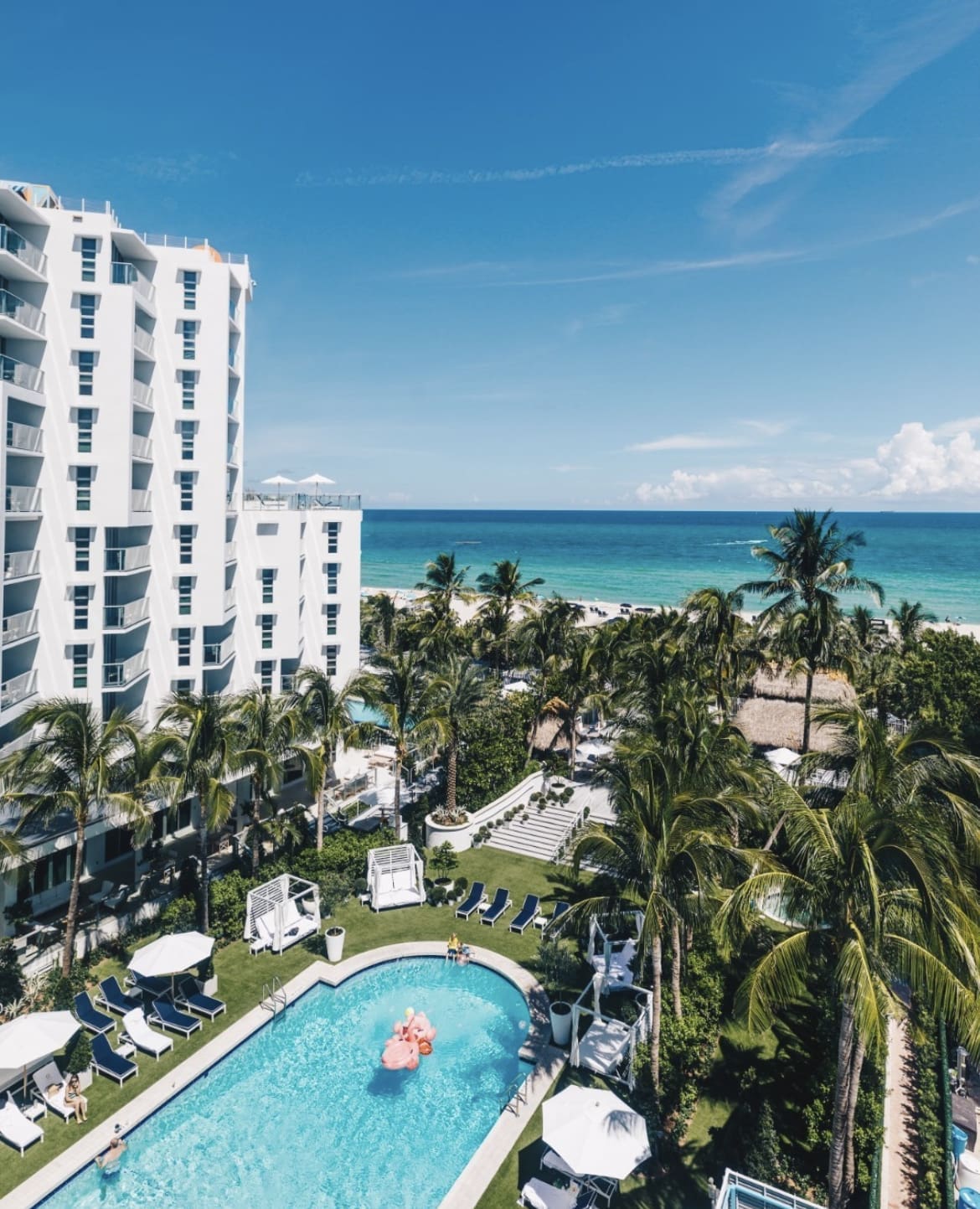
10. Orlando, Florida
Known globally for its theme parks, Orlando is a place where fantasy meets the harsh reality of Central Florida’s heat. Yet, this city is more than just its parks; it’s a dynamic urban center with a youthful spirit, lush parks, and a thriving arts scene. In Orlando, the heat might slow you down, but it also encourages you to take a plunge into its many aquatic adventures.
Why It’s Hot: Orlando’s subtropical climate means hot, humid summers with average temperatures hovering in the 90s (F). The heat here can feel particularly oppressive with the added humidity, but it also makes a splash at the city’s numerous water parks feel even more refreshing.
Visiting Tips: Start your theme park adventures early to beat both the heat and the lines. Many of Orlando’s theme parks have water rides or indoor attractions where you can cool off. For a different kind of water fun, head to one of the many water parks like Aquatica or Volcano Bay. If you’re looking for a quieter day, the Harry P. Leu Gardens offer a shaded oasis of tranquility. And for an evening escape from the heat, the city’s numerous indoor entertainment options, from escape rooms to interactive museums, provide fun relief from the sun.
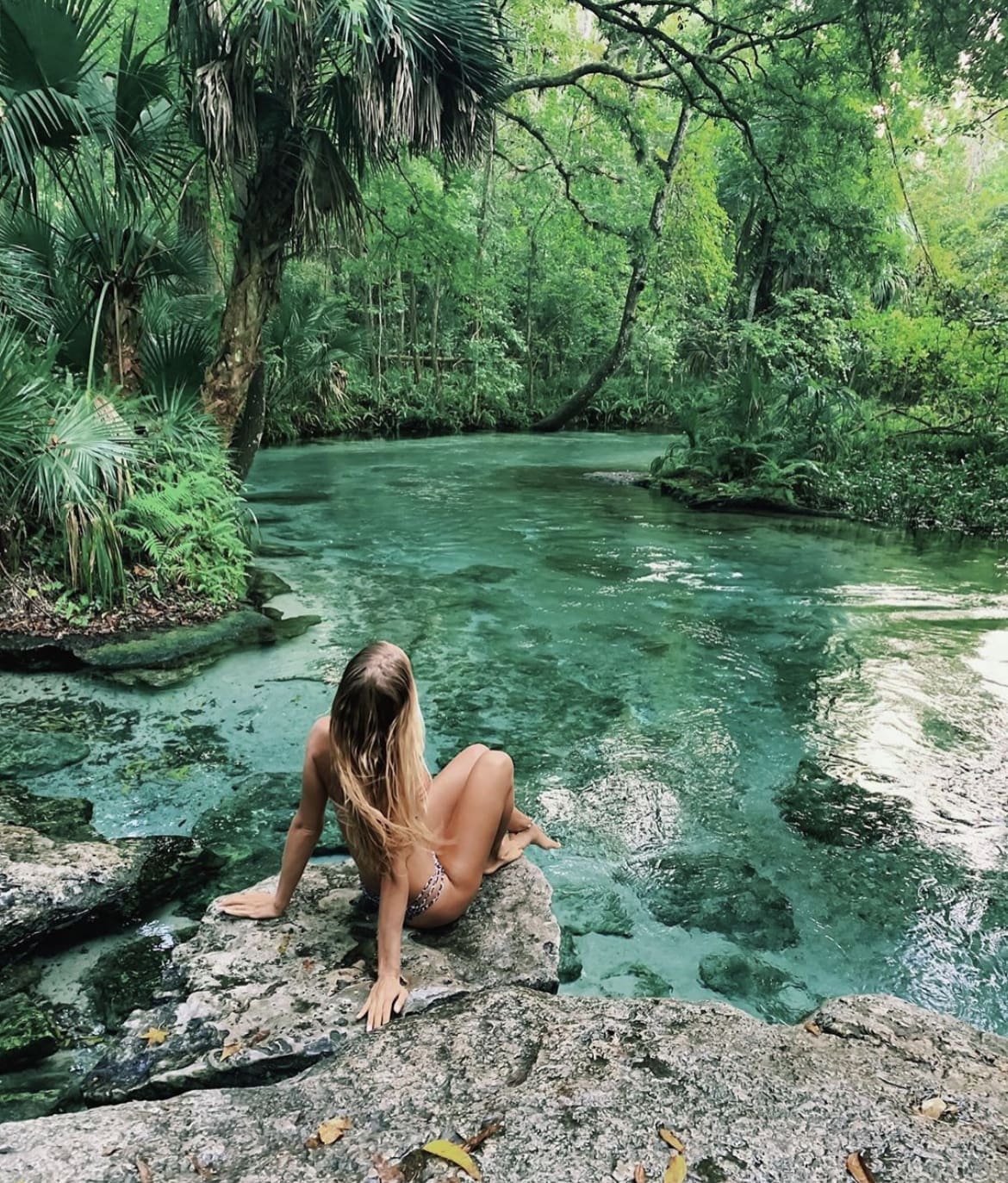
11. Key West, Florida
At the southernmost point of the continental US, Key West is a sun-soaked island paradise where the pace of life is dictated by the sea and the sun. Famous for its laid-back attitude, historic homes, and stunning sunsets, Key West embraces its tropical heat with open arms and a cold drink in hand.
Why It’s Hot: Key West enjoys a tropical climate that keeps it warm year-round, with summer temperatures often in the high 80s to low 90s (F). The humidity here wraps around you like a warm embrace, but it’s all part of the island’s charm, encouraging a slower pace and a lot of time spent in or near the water.
Visiting Tips: The best way to enjoy Key West’s heat is by embracing the island lifestyle—slow and easy. Start your day with a sunrise stroll along the beach, then dive into the clear waters for snorkeling or swimming. Visit Ernest Hemingway’s Home and Museum in the morning before it gets too hot. Make sure to catch the famous sunset celebration at Mallory Square, where the cooler evening air and vibrant performances make for a perfect end to the day. And throughout your stay, stay hydrated with plenty of water and the occasional Key Lime Pie on a stick, a local and deliciously cool treat.

12. New Orleans, Louisiana
In New Orleans, the heat is as integral to the city’s character as jazz, jambalaya, and joyful celebrations. The Big Easy’s steamy weather complements its sultry music scene, rich history, and culinary excellence. This city knows how to throw a party, no matter the temperature, blending the heat with a cool vibe that’s unmistakably NOLA.
Why It’s Hot: Nestled in the Mississippi River’s curve, New Orleans boasts a humid subtropical climate. Summers here are hot and muggy, with temperatures often in the 90s (F). The warmth adds to the city’s languid charm, encouraging leisurely strolls through the French Quarter or a slow paddle down the bayou.
Visiting Tips: Escape the midday sun by exploring the city’s renowned museums, like the National WWII Museum or the New Orleans Museum of Art. As the evening cools, the French Quarter comes alive—perfect for enjoying beignets at Café du Monde or sipping a Sazerac at a historic bar. Don’t forget to take a nighttime ghost tour; it’s a chill-inducing way to learn about the city’s haunted history.
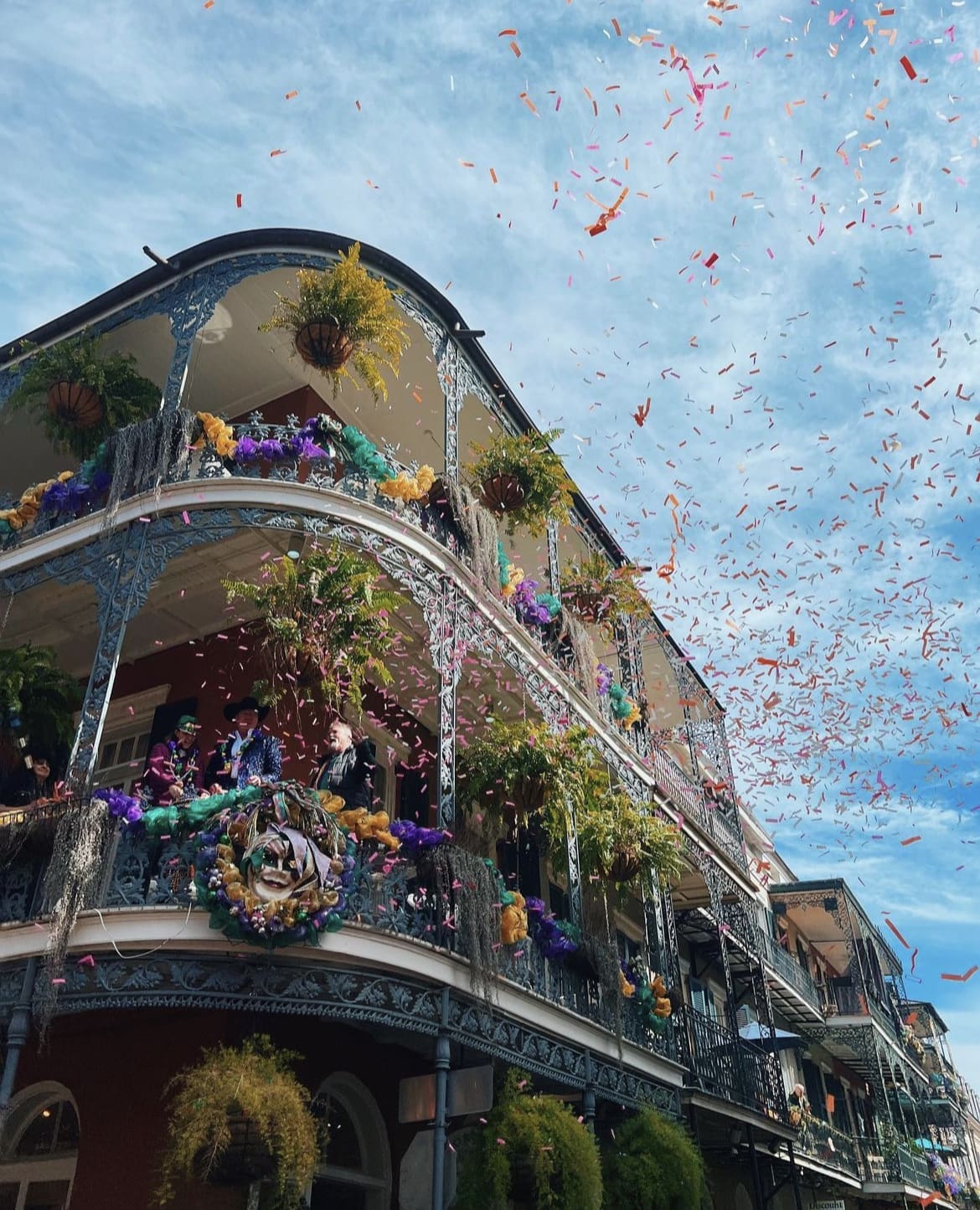
13. Palm Springs, California
Palm Springs is an escape where the sun reigns supreme, casting its glow on mid-century modern architecture, lush golf courses, and chic poolside retreats. This desert oasis is a haven for those seeking relaxation, adventure, and a touch of glamour under the California sun.
Why It’s Hot: With over 350 days of sunshine a year, Palm Springs enjoys a hot desert climate. Summer temperatures can soar into the triple digits (F), creating the perfect environment for pool hopping or night-time stargazing.
Visiting Tips: Take advantage of the cooler mornings to hike the trails of the San Jacinto Mountains or explore the Moorten Botanical Garden. Spend your afternoons lounging by a pool or indulging in a spa treatment. As the sun sets, downtown Palm Springs comes alive with outdoor dining, cool bars, and art galleries to explore.
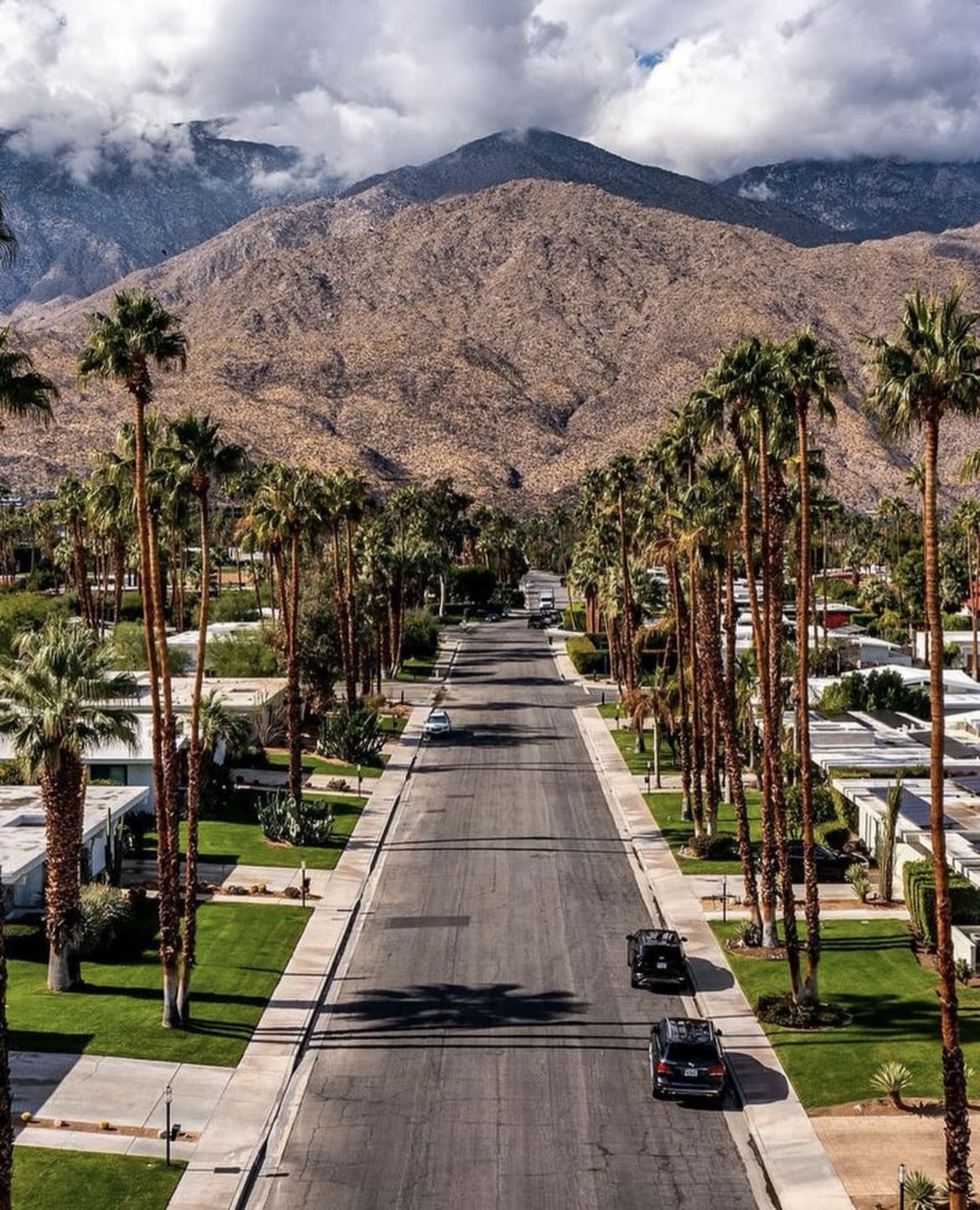
14. Tampa, Florida
Tampa’s heat is as dynamic as the city itself, with its mix of historic architecture, modern attractions, and a beautiful waterfront. Here, the warmth of the Gulf Coast is matched by the warm welcome you’ll receive, whether you’re exploring Busch Gardens, strolling along the Riverwalk, or catching a Buccaneers game.
Why It’s Hot: Tampa’s humid subtropical climate means hot, humid summers with regular afternoon thunderstorms that bring brief, cooling downpours. Average summer temperatures hover in the high 80s to low 90s (F), perfect for enjoying the city’s abundant outdoor activities.
Visiting Tips: Cool off with a visit to the Florida Aquarium, where you can dive into the world of coral reefs and ocean life. Take a boat tour to catch a breeze off Tampa Bay, or explore the shaded paths of Lettuce Lake Park. In the evenings, the historic Ybor City offers lively dining and nightlife, where the heat of the day transforms into the energy of the night.
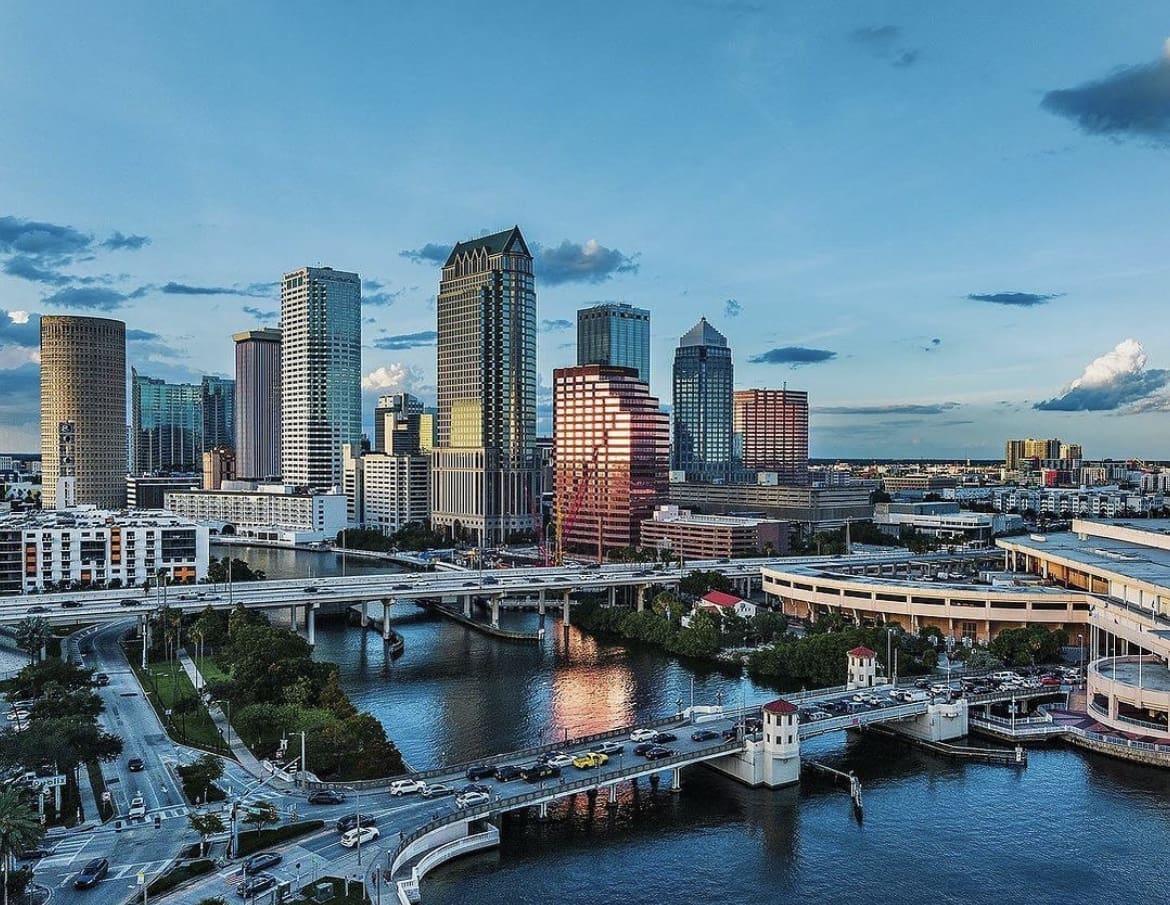
15. Fresno, California: California’s Warm Heart
Fresno, the agricultural heartland of California, is where the heat nurtures the lush vineyards, orchards, and farms that surround the city. This inland gem offers a gateway to some of the country’s most breathtaking natural wonders, all while basking in the warm Central Valley sun.
Why It’s Hot: Fresno experiences a semi-arid climate, with hot, dry summers where temperatures often exceed 100°F (38°C). This intense heat is a boon for the region’s agriculture, contributing to the bountiful harvests that feed the nation.
Visiting Tips: Beat the heat by exploring Fresno’s cultural sites in the morning, like the Tower District for its vintage shops and eateries. Cool off at the Island Waterpark or by taking a scenic drive to the cooler elevations of nearby Yosemite National Park. In the evening, enjoy the vibrant local food scene, which celebrates the region’s agricultural abundance with farm-to-table dining experiences.
